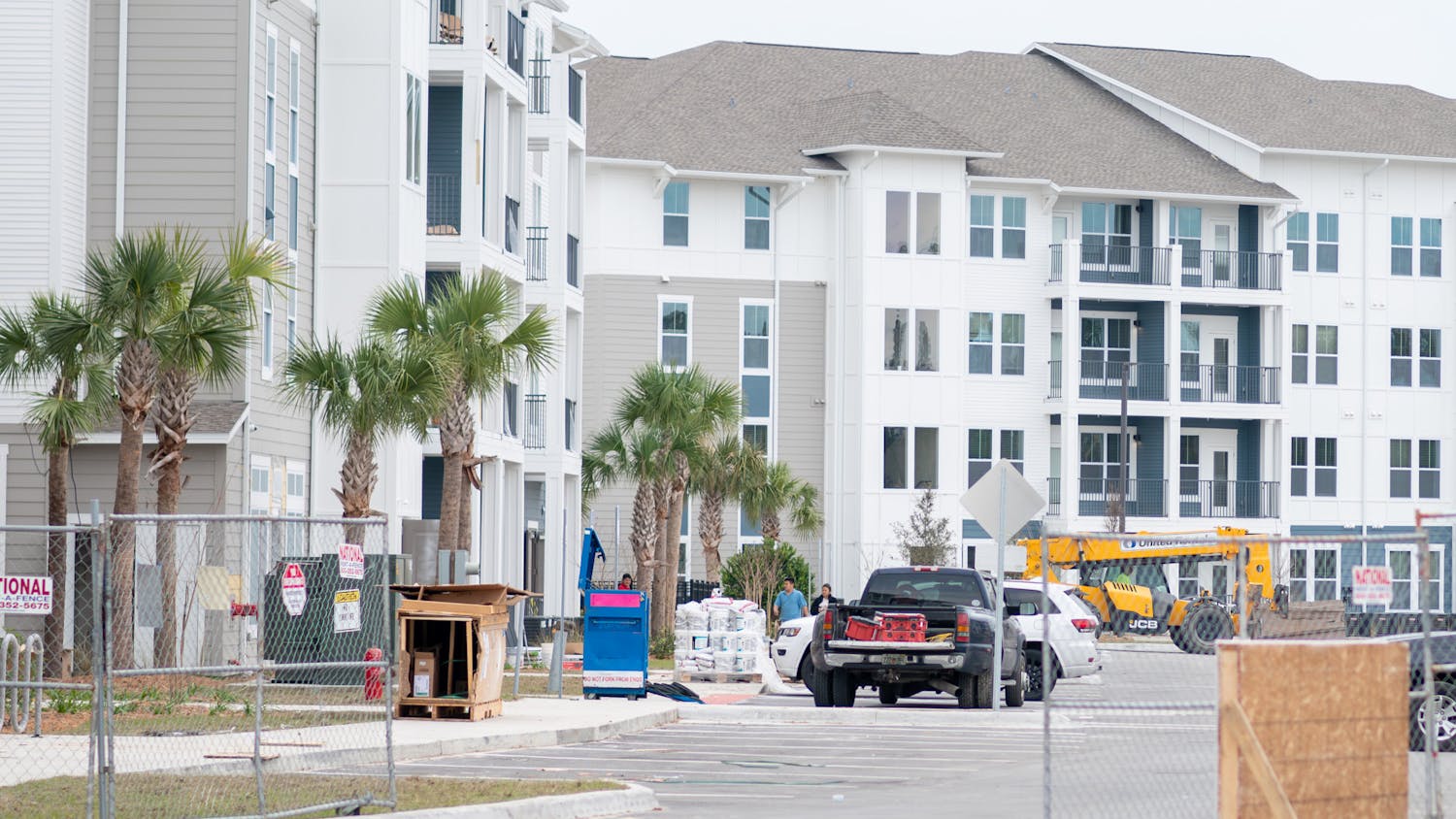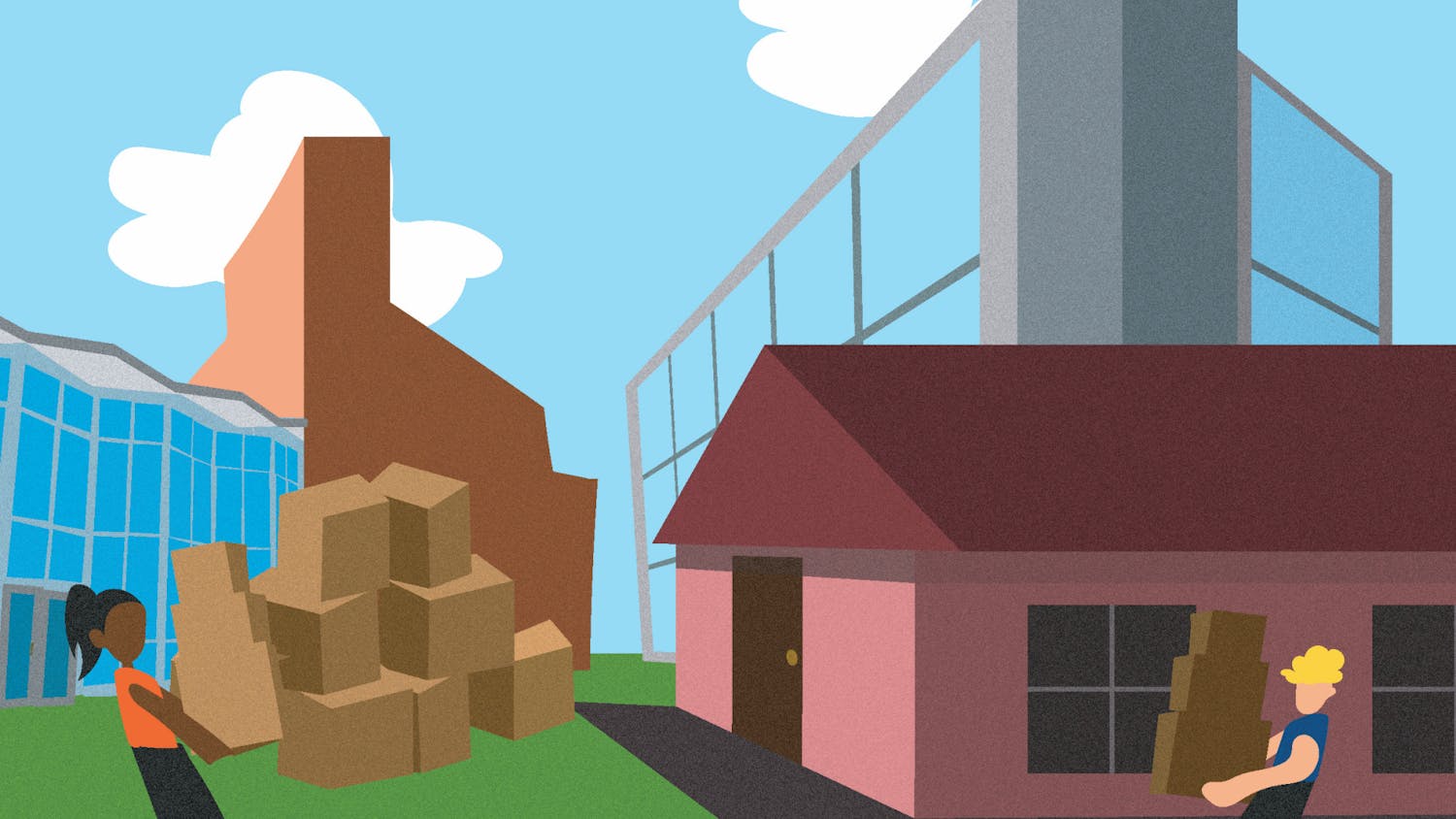I felt an inkling of regret walking past the empty apartment downstairs. I had wanted to introduce myself to my neighbors, a man and woman in their mid-20s who shared a car covered in video game-themed stickers. But between UF coursework and keeping up with old friends, I hadn’t made time for meeting everyone in my building.
Visiting Craigslist to sell furniture, I imagined posting a message in the “Missed Connections” section: “Hello, I lived upstairs for a year but never took the initiative to be a good neighbor. I noticed your video game stickers. We should play XBOX sometime because I’m a nerd, too.” I would probably add a caveat about not wanting to seduce them, considering the medium.
As UF students pack up their apartments for the end of Summer B, some will notice these missed connections. Watching our neighbors emerge at once on moving day, we see how little — or how much — we’ve connected with our communities: What’s her name? Where does he live? Where has that family been all this time?
Because UF offers hundreds of social opportunities, off-campus students can stay busy for four years without becoming part of the Gainesville neighborhoods in which they live. That’s a shame, though, because meeting neighbors is one of the best things students can do to enhance their personal safety and well-being.
I realized this last summer while reporting for a story about crime prevention. As we cruised around Gainesville in a police SUV, Officer Ernest Graham told me being a cop is like fighting fires: a constant race to extinguish problems before they spread. While police are commonly known for putting out the fires — catching and arresting criminals — Graham also focuses on preventing crime through community organizing.
As we drove through a neighborhood a few blocks northeast of UF’s main campus, Graham pointed to the house of an 80-year-old woman who lived alone with her dog. He had helped alleviate the resident’s fear of a home invasion by introducing her to her neighbors, who would watch for signs of suspicious activity, and by offering creative safety tips.
“Here’s what you might want to do,” Graham told her. “Go out and get yourself a big dog bowl, a really big one, for your front porch and a sign that reads ‘Attack Dog.’”
“Alright,” the resident said, giggling. Her dog was a chihuahua.
“This job can be really hard, man. It’ll break your heart,” Graham later told me. He must occasionally respond to assaults and robberies, even though neighborhood watch groups have reduced crime in his districts. “But I feel really good when I walk into my apartment at the end of the day,” Graham added, smiling.
Besides the personal safety benefits, students who make a habit out of meeting their neighbors now may set a good precedent for their future social lives. As students graduate and grow older, their social circles usually constrict. I’ve heard college alumni in their 40s and 50s say they have fewer opportunities to meet people. They can frequent after-work bars and social groups, but it’s nothing like UF, where they met dozens of like-minded peers every semester.
While it’s true that students have more chances to socialize, another reason for their larger social circles is a change in mentality. Teenagers who move from various parts of Florida to Gainesville have to be a little more outgoing to establish new groups of friends. Starting a conversation with a classmate or roommates from another suite may feel uncomfortable, especially for the introverts among us, but it’s a necessity if you want to grow roots during your first year at UF.
In the spirit of keeping up this mentality, I challenge all UF students who are moving this week, including myself, to meet their neighbors within 10 days of joining a new community.
Cody Romano is a UF public relations senior. His columns appear Thursdays.





